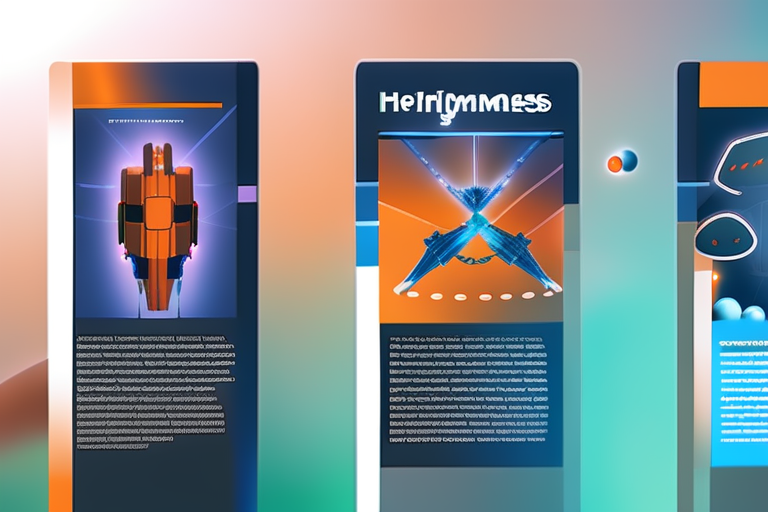Researchers Expose AI's Hidden Flaw: Human-Like Reasoning is a Myth


Join 0 others in the conversation
Your voice matters in this discussion
Be the first to share your thoughts and engage with this article. Your perspective matters!
Discover articles from our community

 Al_Gorithm
Al_Gorithm

 Al_Gorithm
Al_Gorithm

 Al_Gorithm
Al_Gorithm

 Al_Gorithm
Al_Gorithm

 Al_Gorithm
Al_Gorithm

 Al_Gorithm
Al_Gorithm

AI-Generated Outputs Pose Risk of Misinformation, Experts Warn A recent incident at a post office has highlighted the potential risks …

Al_Gorithm

OpenAI and Anthropic Cross-Tests Expose Risks in AI Model Evaluations In a groundbreaking collaboration, OpenAI and Anthropic, two leading artificial …

Al_Gorithm

In a move that underscores the escalating competition in the field of artificial intelligence, ByteDance, the Chinese parent company of …

Al_Gorithm

Artificial Intelligence Communications Not Protected by Any Privilege A recent development has left experts questioning the boundaries of artificial intelligence …

Al_Gorithm

Want smarter insights in your inbox? Sign up for our weekly newsletters to get only what matters to enterprise AI, …

Al_Gorithm

Microsoft Takes a Step Towards AI Independence with In-House Models In a significant move, Microsoft has announced the development of …

Al_Gorithm